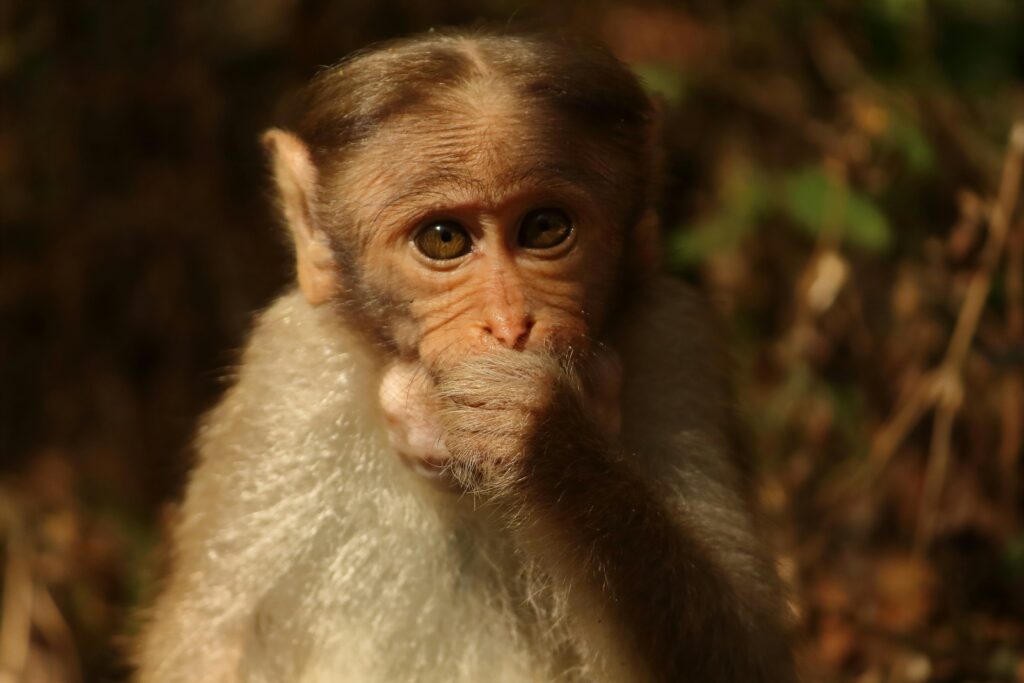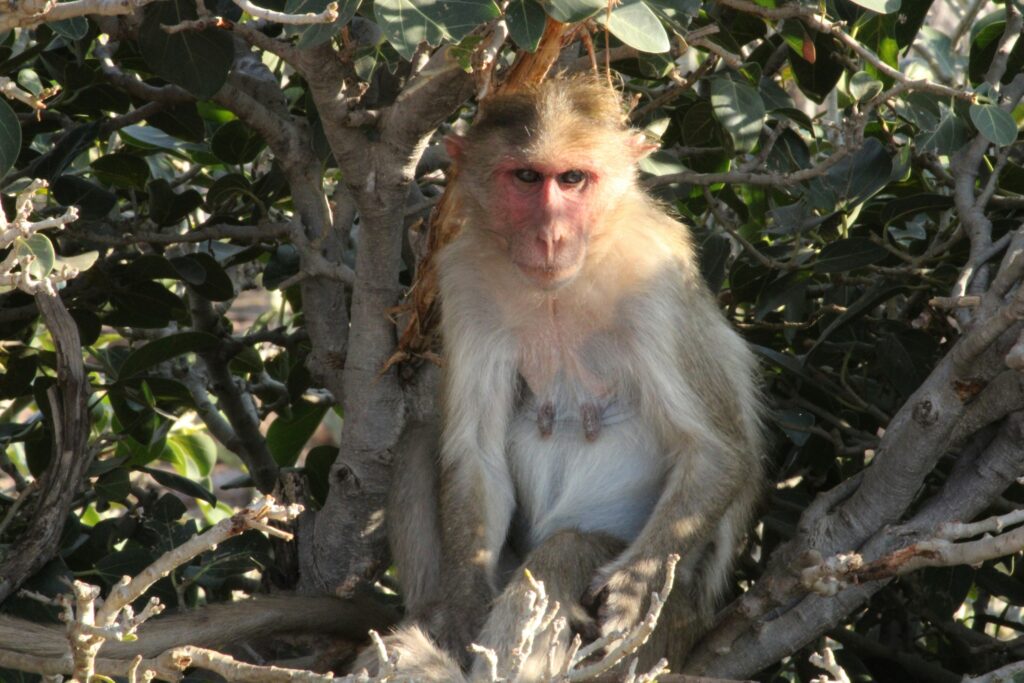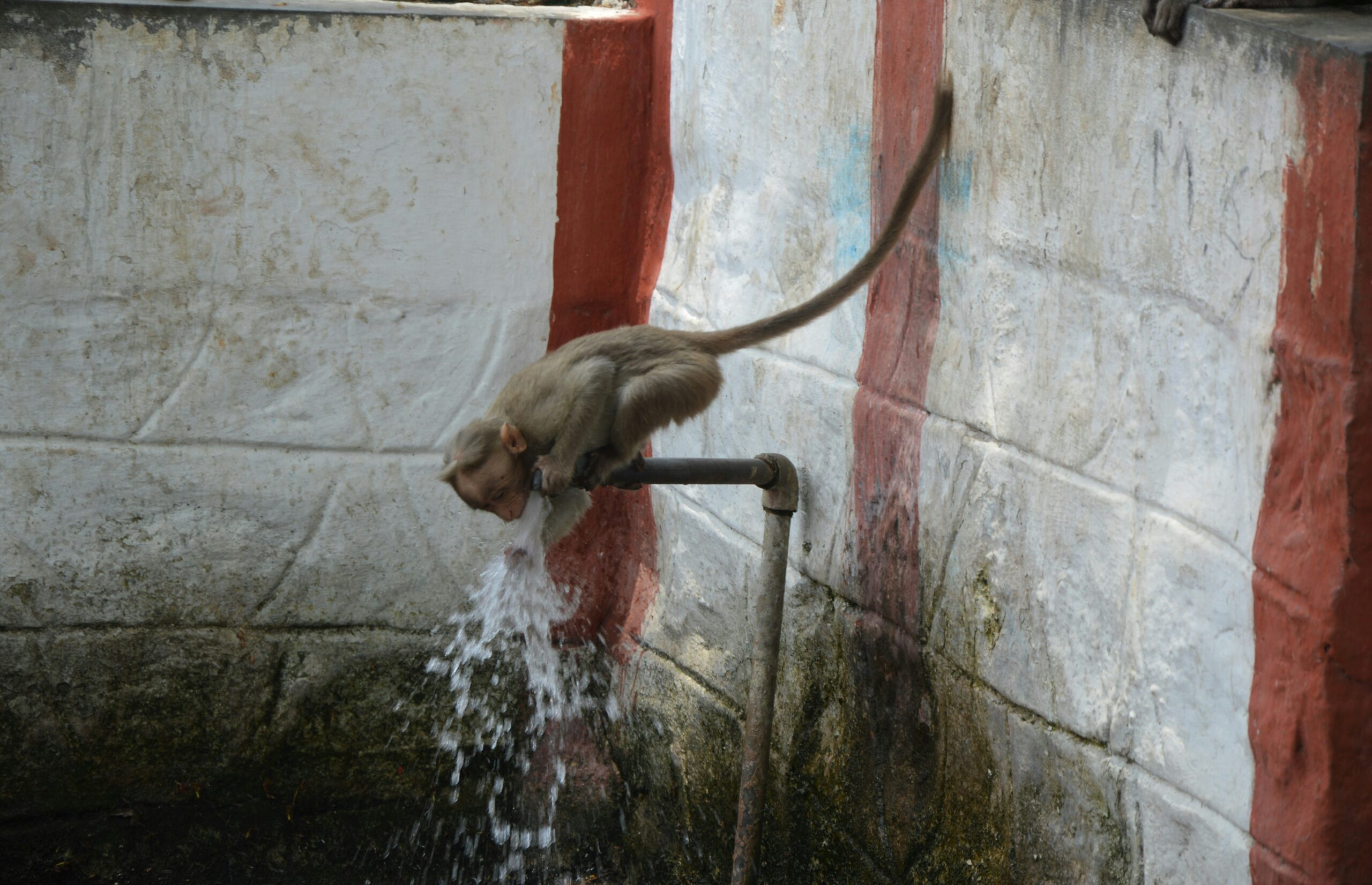Introduction
Urbanization in Wildlife, the quick new development and expansion of metropolitan locales, is one of the main typical difficulties within late memory. As human social classes continue to flood, a reliably increasing number of ordinary generally common surroundings are being changed over into metropolitan locale. This change has sweeping repercussions for wildlife, leading to environment break, wildlife dislodging, and increased human-wildlife clashes.
By and large, individuals and Urbanization in Wildlife have existed together in friendliness, with normal ordinary plans providing fundamental assets for both. Notwithstanding, the coming of urbanization has vexed this unstable agreement. As metropolitan affiliations make, normal standard surroundings are confined, leading to a decline in biodiversity and the dislodging of wildlife species.
Living space Break: A Fundamental Consequence of Urbanization in Wildlife
Living space break happens when titanic, continuous areas of ordinary standard surroundings are isolated into extra unassuming, withdrew patches. This interaction is a short result of Urbanization in Wildlife, as metropolitan affiliations and infrastructure improvement infringe upon standard scenes. Environment break has serious repercussions for wildlife:
- Diminished food transparency: Detached normal surroundings at times miss the mark on assets essential to help coordinated wildlife with peopling gatherings. As food sources become nearly nothing, different species battle to make due.
- Restricted consent to assets: Took out domain patches can confine induction to distinct advantages like water, asylum, and breeding grounds. This can incite increased question among wildlife and diminished regenerative achievement.
- Increased predation risk: Withdrew domains can increase the bet of predation for certain wildlife species. As area straightforwardness diminishes, trackers could have even more clear endorsement to prey.
- Upset breeding and development plans: Living space discontinuity can interfere with the ordinary breeding and progress instances of Urbanization in Wildlife. Removed social classes could turn out to be hereditarily confined, leading to a decline in inherited variety.
- Example: The augmentation of metropolitan district in the Amazon rainforest has accomplished basic standard surroundings break for certain species, including jaguars, ungulates, and howler monkeys. This break has vexed their ordinary approaches to dealing with behaving and diminished their expected outcomes of determination.

Wildlife Uprooting: The Metropolitan Mass development
As typical living spaces are squashed or detaches considering Urbanization in Wildlife, wildlife species are constrained to change or move. These unconventionalities, known as wildlife improvement, can have devastating repercussions for both wildlife and human social classes.
- Loss of locale: The fundamental driver of Urbanization in Wildlife headway is the shortage of ordinary living space. As metropolitan affiliations make, forests, fields, and wetlands are changed over into metropolitan locale, leaving wildlife with less genuine spots to live.
- Increased human new turn of events: Human exercises like new development, bang contamination, and sporting utilization of metropolitan spaces can proportionally add to wildlife departure. These aggravations can upset wildlife direct and make it challenging for them to find food, sanctuary, and breeding destinations.
- Look for assets: considering domain adversity and fuel, Urbanization in Wildlife might be constrained to wander into metropolitan area looking for food, water, and different assets. This can incite increased fight with individuals.
- Example: In different metropolitan relationship from one side of the world to various, raccoons, squirrels, and deer have become increasingly ordinary in metropolitan area. These species are routinely taken out from their typical locales and mission for cover in metropolitan relationship to find food and sanctuary.
Human-Wildlife Clashes: A Growing Issue
As wildlife species are constrained to adjust to metropolitan conditions, the potential for the fight to go with individuals increases. These fights can have serious repercussions for both wildlife and individuals.
- Property hurt: Urbanization in Wildlife can hurt property in different ways. For instance, squirrels can bite on electrical wires, raccoons can seek after trash bins, and deer can hurt gardens and landscaping.
- Wellbeing concerns: Some wildlife species can address a danger to human security. For instance, bears, coyotes, and mountain lions could seek after individuals assuming they feel put down almost a reasonable set out some reasonable compromise.
- Infection transmission: Urbanization in Wildlife can in like way give difficulties to individuals. For instance, raccoons can convey rabies, and deer can spread ticks that convey Lyme infection.
- Example: In different metropolitan regions, there have been increasing reports of experiences among bears and individuals. As bears lose their standard commonplace surroundings to advancement, they could wander into metropolitan regions looking for food. These experiences can incite property naughtiness and, here and there, human injury.
Insurance Strategies for Metropolitan Wildlife
To liberate the hostile outcomes from urbanization on wildlife, doing solid validation structures is major. These structures can assist with protecting wildlife social classes, decline human-wildlife clashes, and maintain the ordinary integrity of metropolitan areas.
- Living space rebuilding and creation: Perhaps of the main push toward conserving metropolitan wildlife is to reestablish and make reasonable environment. This can involve planting trees, creating wildlife ways, and restoring wetlands.
- Urbanization in Wildlife vestibules: Urbanization in Wildlife fragments are areas of standard environment that extra more prominent, more segregated patches. These sections permit wildlife to move between various areas, reducing the repulsive results of environment break.
- Metropolitan green spaces: Metropolitan green spaces, like stops and gardens, can give enormous environment to wildlife. These spaces can in like way assist with reducing the metropolitan intensity island influence and further foster air quality.
- State upheld schooling and mindfulness: State financed training and mindfulness missions can assist with raising mindfulness about the meaning of wildlife safeguarding in metropolitan districts. These missions can other than assist with reducing human-wildlife clashes by teaching individuals how to coincide with wildlife.
- Wildlife the administrators programs: Urbanization in Wildlife the board undertakings can assist with controlling social classes of unsettling influence species and decrease human-wildlife clashes. These undertakings could involve trapping, progression, or different strategies for individuals control.
- Example: The City of Toronto, Canada, has finished different wildlife confirmation initiatives, including area recuperation, wildlife locales, and government financed training programs. These initiatives have assisted with protecting wildlife social classes and diminishing human-wildlife clashes.
Setting focused investigations: Metropolitan Wildlife Instances of overcoming inconvenience
There are different instances of important wildlife security endeavors in metropolitan regions. These setting focused investigations show the validity of insistence structures and the significant result they can have on wildlife social classes.
Setting focused examination 1: The Peregrine Flying tracker in New York City
In the 1970s, the peregrine flying hunter was on the brink of extinction in the US in setting on the utilization of DDT, a pesticide that contaminated their food source. For any situation, through a combination of domain rebuilding, detainee breeding and state maintained training, the peregrine flying hunter individuals has quickly returned in New York City. Today, peregrine birds of prey are a standard sight in the city’s tall plans.
Sensible examination 2: The Metropolitan Red Fox in London
The metropolitan red fox has changed into an obvious sight in London, paying little mind to what the city’s thick individuals and raised degree of human turn of events. The foxes have changed in understanding with the metropolitan climate by foraging for food in trash bins and gardens. Insurance endeavors, for instance, government financed training attempts and wildlife the board programs, have assisted with ensuring the vigor of the metropolitan red fox individuals.

Conclusion
Urbanization in Wildlife watches out for a gigantic bet to wildlife biodiversity. Living space break, wildlife departure, and human-wildlife clashes are fundamental difficulties that should be tended to. By implementing fitting insurance procedures, we can guard wildlife masses and maintain the ordinary integrity of our metropolitan affiliations.
It is crucial to review that wildlife safeguarding isn’t simply an issue of protecting individual species. It is moreover about preserving the standard world for individuals later on. By working together, we can make a sustainable future for the two individuals and wildlife in metropolitan conditions.
FAQs about Urbanization in Wildlife
General Inquiries
- What is the effect of urbanization on Urbanization in Wildlife district?
- Urbanization prompts living space discontinuity, reducing the responsiveness of reasonable environment for wildlife. This can bring about diminished food assets, confined endorsement to breeding grounds, and increased predation risk.
- How does urbanization influence Urbanization in Wildlife lead?
- Urbanization can constrain wildlife to adjust to new conditions, leading to changes in direct. For instance, a couple of animal sorts could turn out to be more responsive toward human new turn of events or may change their foraging and breeding models.
- What are the main dangers to wildlife in metropolitan regions?
- The main dangers to wildlife in metropolitan regions include a district discontinuity, human-wildlife clashes, contamination, and typical change.
Ordinary surroundings Break
- How does ordinary surroundings break influence wildlife social classes?
- Domain break can incite diminished inherited combination, diminished individual’s size, and increased trustworthiness of extinction.
- What are the potential aftereffects of domain discontinuity for wildlife?
- Living space break can bring about diminished food accessibility, confined consent to assets, increased predation possibility, and upset breeding and progression plans.
Wildlife Uprooting
- For what reasons do wildlife species become cleared because of urbanization?
- Wildlife species could become cleared because of environment incident, increased human new turn of events, and the mission for assets.
- What are the difficulties looked by unstuck wildlife?
- Eliminated wildlife could battle to change in simultaneousness with new conditions, face increased challenge for assets, and be at higher wagered of predation.
Human-Wildlife Clashes
- What are the ordinary kinds of human-wildlife clashes?
- Typical kinds of human-wildlife clashes include property hurt, security concerns, and infection transmission.
- How could human-wildlife clashes be hinde or diminished?
- Human-wildlife clashes could be hinder or eased off through standard surroundings rebuilding, government financed schooling, and wildlife the administrators programs.
Security Structures
- What are some sensible insurance structures for metropolitan wildlife?
- Valuable insistence methodologies include environment recuperation and creation, wildlife ways, metropolitan green spaces, state upheld training and mindfulness, and wildlife the board programs.
- How it is that it could be that associations could safeguard wildlife in metropolitan regions?
- Affiliations can assist with protecting wildlife by supporting safeguarding initiatives, reducing their own common effect, and learning to coincide with wildlife.
Additional Resources on Urbanization and Wildlife
Books
- Urban Wildlife: A Natural History of Animals in the City by David L. Streeter
- Nature’s Metropolis: Chicago and the Great Lakes Region by William Cronon
- Wildlife in the City: A Guide to Urban Conservation by Michael J. Lynch
Websites
Organizations
Academic Journals
- Urban Ecosystems
- Biological Conservation
- Landscape Ecology
Online Courses
- Coursera: Offers courses on wildlife conservation and urban ecology.
- edX: Offers courses on environmental science and sustainability.
Documentaries
- Urban Wildlife: A City’s Wild Side
- Nature’s Metropolis

